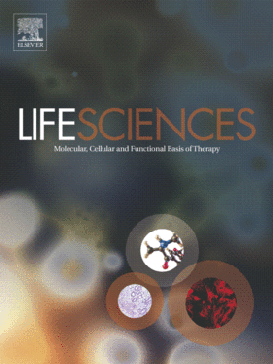“Male lower urinary tract symptoms (LUTS) are prevalent in the general population, especially in those of advanced age, and are characterized by notable diversity in etiology and presentation, and have been proven to cause various degrees of impairment on quality of life.
The prostate has traditionally been regarded as the core cause of male LUTS. As a result, medical treatment aims to provide symptomatic relief and effective management of progression of male LUTS due to benign prostatic enlargement.
Anti-inflammatory agents, vitamin D3-receptor analogs, and cannabinoids represent treatment modalities currently under investigation for use in LUTS patients.
Furthermore, luteinizing hormone-releasing hormone antagonists, transient receptor-potential channel blockers, purinergic neurotransmission antagonists, Rho-kinase inhibitors, and inhibitors of endothelin-converting enzymes could have therapeutic potential in LUTS management, but still remain in the experimental setting.
This article reviews new strategies for the medical treatment of male LUTS, which are dictated by the potential role of the bladder and the risk of benign prostatic hyperplasia progression. Moreover, combination treatments and therapies currently under investigation are also presented.”





